In this blog we discuss just a few of popular painting techniques and some of the most famous artists who used them.
Using Oil Paints
Oil Painting on canvas is the preferred medium we use for all of our art reproductions. Our preferred brand of choice is Winsor and Newton oil paint, which is known for both its longevity and vibrancy. Of the many different mediums artists use, oil paints are the most versatile. Oil paints can be mixed with various oils and solvents so that the artist can generally change the characteristics of the paint. Even watercolors can be emulated using oil paints, if mixed correctly.
The history of oil painting on canvas has evolved considerably since the late 15th century when it was first used. Oil paint in tubes first came about in the mid-19th century and they transformed the way impressionist art movement artists worked, enabling en plein air painting and the application of thicker paint across the canvas.
Claude Monet is one of the most famous impressionist artists and his en plein air, large oil paintings on canvas, Waterlilies 1916-1919, was only possible with the development of oil paints in tubes.
Action Painting
Action paintings fall under the Abstract Expressionist Movement. It requires using random and spontaneous brushstrokes and the dripping, splashing or pouring of paint onto a canvas. Jackson Pollock action painting is one of the most popular art techniques. We offer oil paintings reproductions, inspired by Jackson Pollock artwork. The most popular painting is Magenta Landscape, which is created by laying the canvas flat on the ground and one of our professional artists creates an action painting by dripping and pouring the paint onto the canvas.
Impasto Art
Impasto technique is defined by the application of thick paint which creates a textured surface with visible brushstrokes. Derived from the Italian word “paste”, impasto oil painting is used to create drama and it can be applied with either brush or palette knife. The impasto technique was first used by 17th century Baroque artists such as Rembrandt and Diego Velazquez.
However, many of you will be more familiar with the Post Impressionist artist, Vincent van Gogh and his use of thick impasto brushstrokes. Vincent van Gogh The Starry Night 1889 is an impasto oil painting.
Chiaroscuro Art
Chiaroscuro painting is a technique which is used by artists to portray the contrast of light and dark. Renaissance artist Leonardo da Vinci is said to have first used Chiaroscuro, as illustrated in the Mona Lisa oil painting. However it was Rembrandt, one of the Old Master Artists whose prodigious use of the Chiaroscuro technique is particularly well known. In the most famous Rembrandt paintings , The Night Watch 1642 and Self-Portrait 1669 Chiaroscuro lighting is beautifully demonstrated.
Craquelure
Derived from the French word craquelé, Craquelure and Craquelure varnish refers to the dense form of cracking which appears on the surface of oil paintings. This can be as a result of natural aging, as with the Jan Vermeer Girl with the Pearl Earring painting which gives an excellent example of craquelure in old paintings. However, replica paintings can also be applied with products such as Autentico Craquelure to induce and artificially age art reproductions.
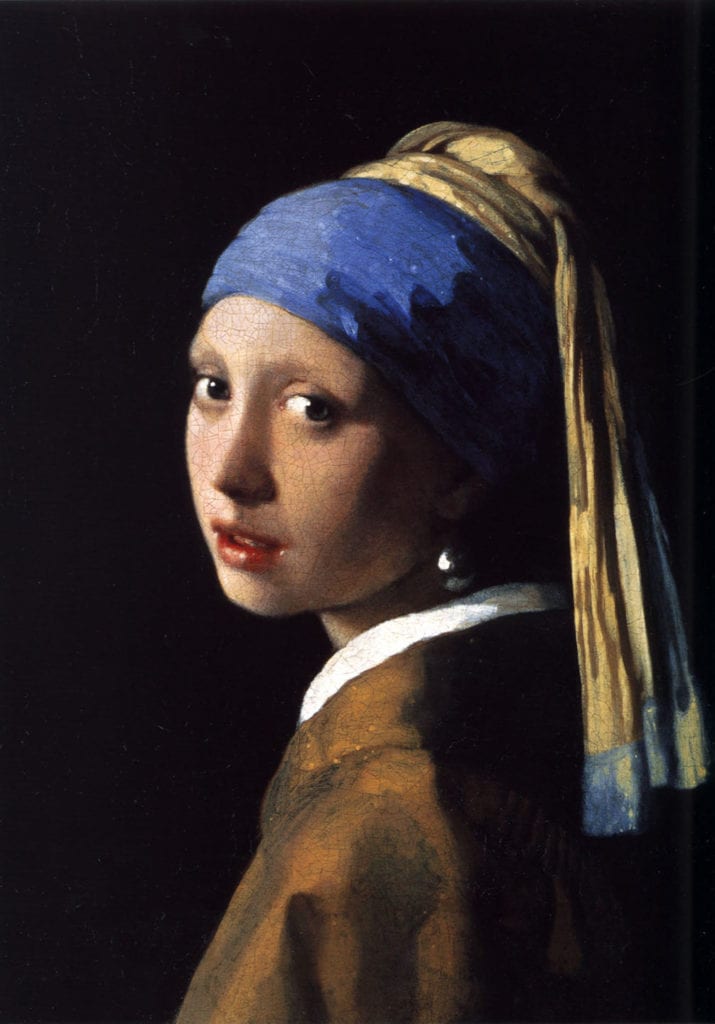 Nocturne Painting
Nocturne Painting
This technique was defined by the eccentric painter, James Abbot McNeill Whistler and represents night scenes and paintings which are painted at dusk without direct light. Whistler’s oil painting Nocturne in Black and Gold 1874 and Frederick Remington’s famous old west paintings such the Stampede are both examples of Nocturne Painting techniques.
For other information on how to “paint like a pro”, visit this website called Happy DIY Home – How to Paint like a Pro.

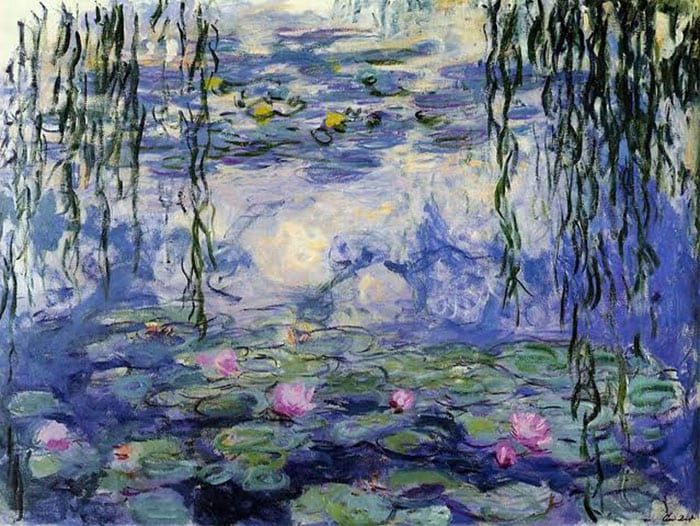
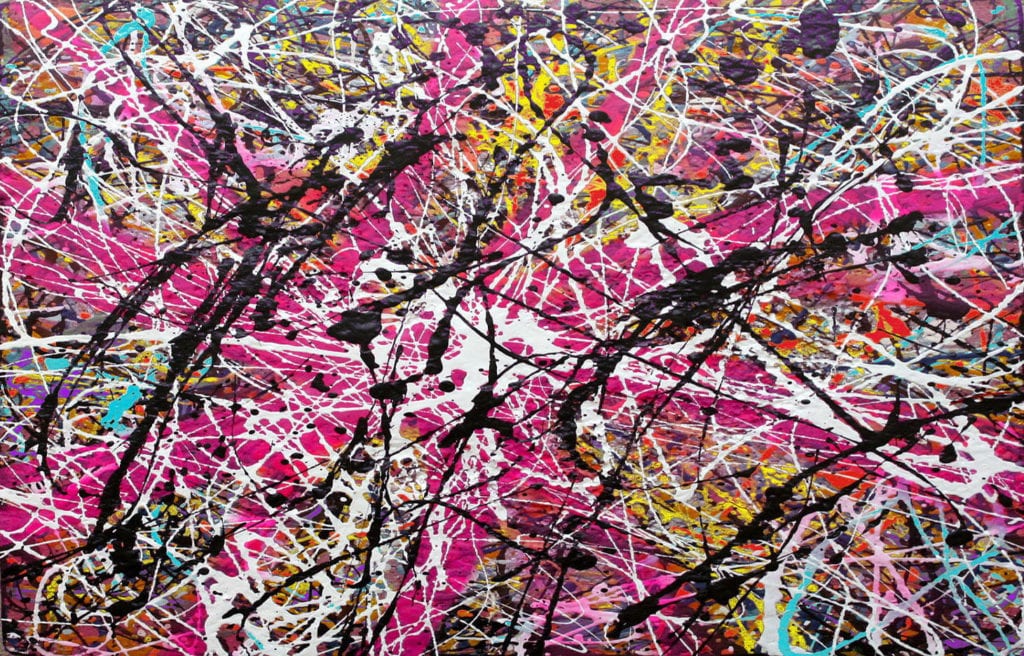
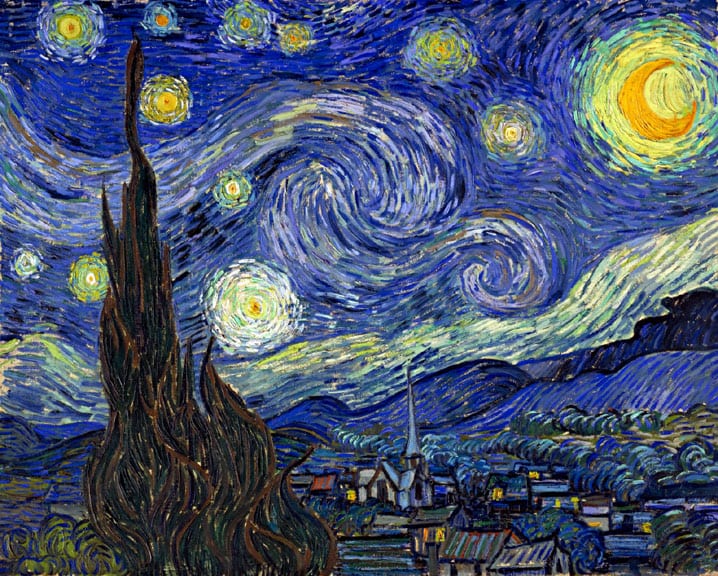
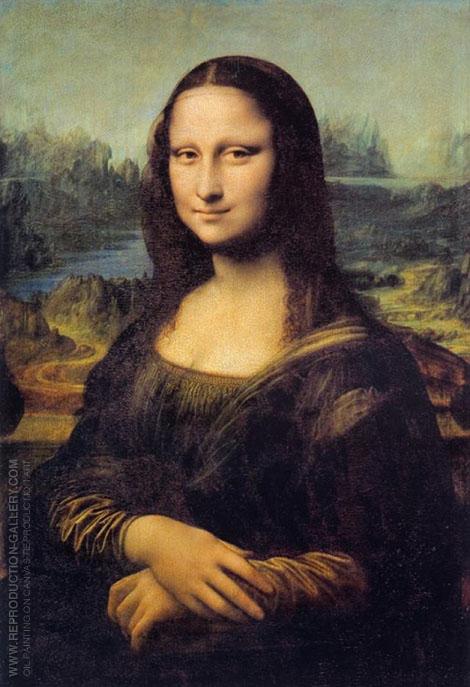
Leave a Reply
You must belogged in to post a comment.